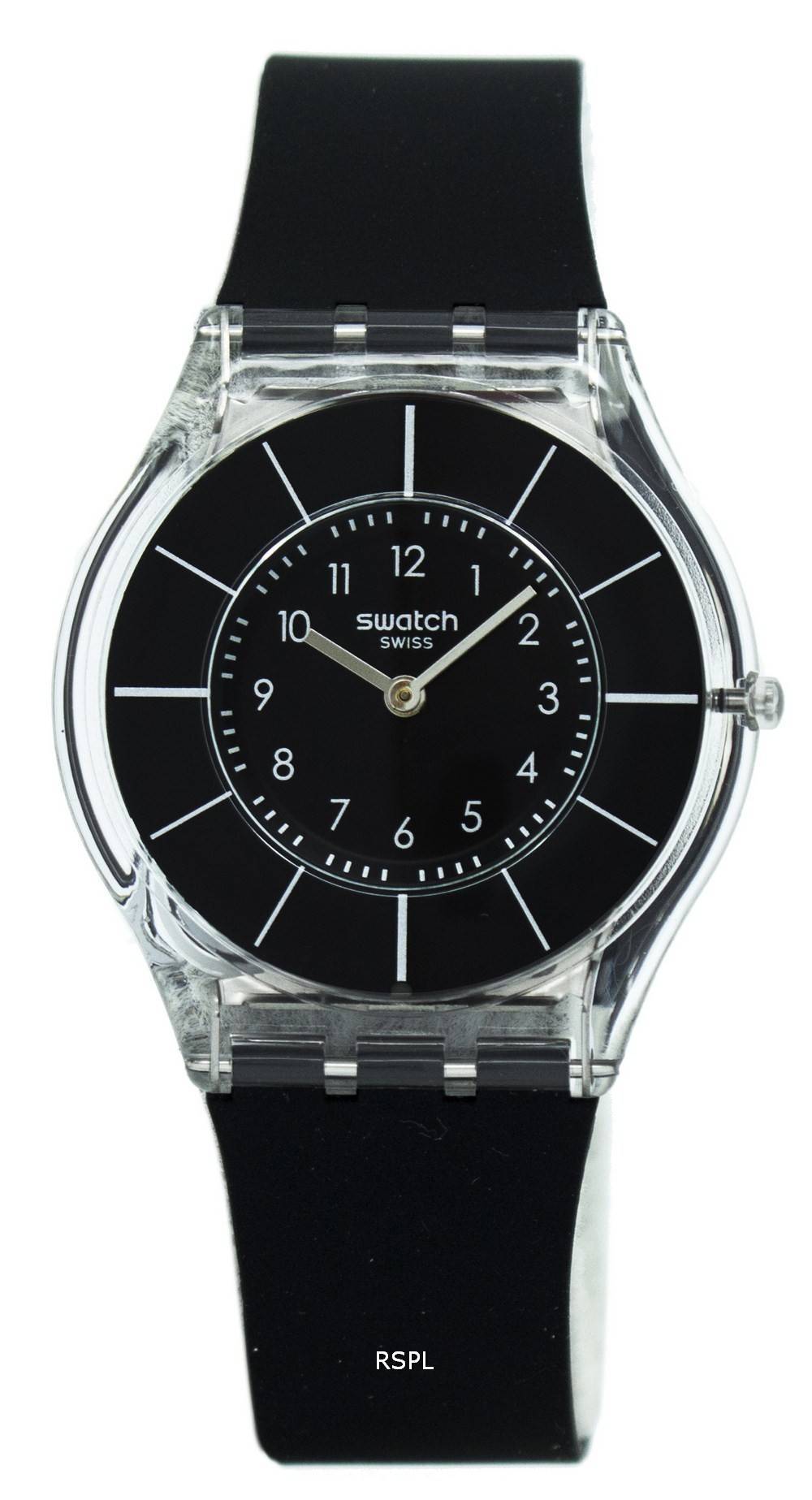

It was restarted in the mid-1980s when the demand for mechanical movements rebounded to become the most widely used mechanical chronograph in the Swiss industry. Introduced in 1974, its production will soon be stopped as a result of the quartz crisis. Indeed, the idea was to create a solid, durable and cost-effective automatic chronograph. The clutch mechanism was however an oscillating pinion. As such, it features a cam-and-lever command rather than a column-wheel to operate the different functions of the chronograph.
SWATCH WATCH WOMEN MANUAL
It is based on the manual Valjoux 7730 chronograph (itself derived from the Venus 188). Often reported to be one of the first movements created with the aid of the computer, the Valjoux 7750 was designed by Edmond Capt. A mid-1980s Tissot PR Chrono (PR standing for Precise and Robust) chronograph powered by the 7750

In the 1960s, it was time for the chronograph to modernize itself, by adding the practicality and comfort of automatic winding. Indeed, if chronograph wristwatches have existed since the beginning of the 20th century, all of them were fitted with hand-wound movements until 1969. The Valjoux 7750 was created in the early 1970s as the company’s answer to the advent of the automatic chronograph, to catch pace with its competitors following the introduction of movements such as the Zenith El Primero, the Heuer/Hamilton/Breilting Calibre 11 or the Lemania 1040. Today, as the result of successive consolidations of movement manufacturers in the Swiss watch industry, Valjoux has been absorbed by the Swatch Group, more precisely into powerhouse ETA. The company’s movements powered the products of some of the most prestigious brands (Patek Philippe, Audemars Piguet, Rolex or Vacheron Constantin to name a few) for decades. Valjoux (which stands for Vallée de Joux, a historically important location for the Swiss industry) was a manufacturer of mechanical movements, specialising in chronographs. This brings us here, with the calibre reference A05.231, the latest evolution of the 7750 that Tissot has incorporated in its lovely vintage-inspired watch. The movement has also been updated in the frame of continuous optimisation, in particular, by incorporating modern technologies to evolve in synchrony with the times. In its 50-year history, the Valjoux calibre has naturally evolved, with different variants, functions, and layouts. This precise, tried-and-tested workhorse was created in the early 1970s. The watch’s bi-compax layout comes courtesy of a legendary chronograph calibre, one of the most widely-used movements in the industry, the ETA-Valjoux 7750. Just yesterday, Tissot introduced a lovely and affordable vintage-inspired chronograph, the Telemeter 1938.


 0 kommentar(er)
0 kommentar(er)
